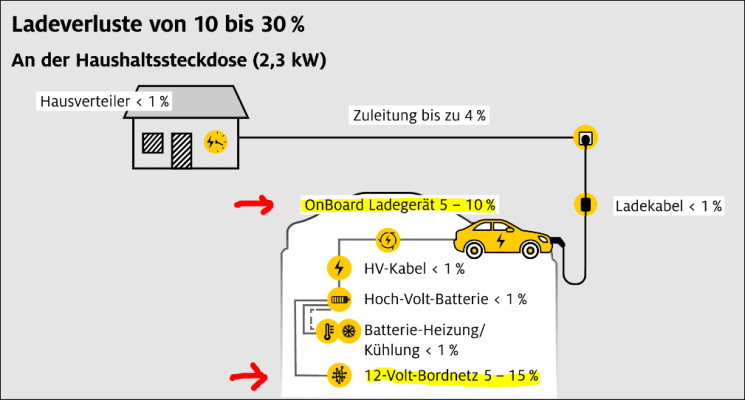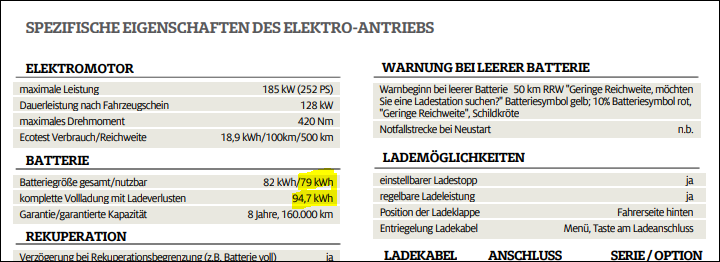This has been covered in detail several times but in summary there are two main sources of loss.
First, the car must internally convert mains AC into DC in order to charge the battery. The on-board equipment that does this is restricted in size/weight (because the car has to carry it around permanently), so it's not optimised for efficiency - there are significant losses involved, and usually a need for active cooling (fans). With fast charging the car is supplied with DC through the charge cable, so this isn't a factor (conversion losses still occur but these are inside the charging station and are bundled into the p/kWh tariff you pay).
Second, while charging various 12V systems in the car have to be running to control/monitor the process. So 10 times more power is consumed here in a 10 hour slow charge than in a 1 hour fast charge.
ADAC (an independent body in Germany, similar to our AA) measure home charging losses as part of the testing they do on EVs. Example for the BMW i3 here:
View attachment 162781
That's a charging loss of 28.4%.
Der BMW i3 wurde eingestellt. Für Gebrauchtwagenkäufer ist der i3 aber weiterhin interessant. ADAC Test.

www.adac.de
In general they quote a range of 10-30% for home charging losses, broken down as follows (in German but you get the gist):
View attachment 162784
As above the biggest losses are 5-10% in the on-board charger that converts AC to DC, and 5-15% consumed by the car's on-board 12V systems while charging.
Wie hoch sind die Ladeverluste, wenn man ein Elektroauto lädt? Der ADAC hat es gemessen – und gibt Tipps zum effizienten Aufladen.

www.adac.de
Hope that helps.





